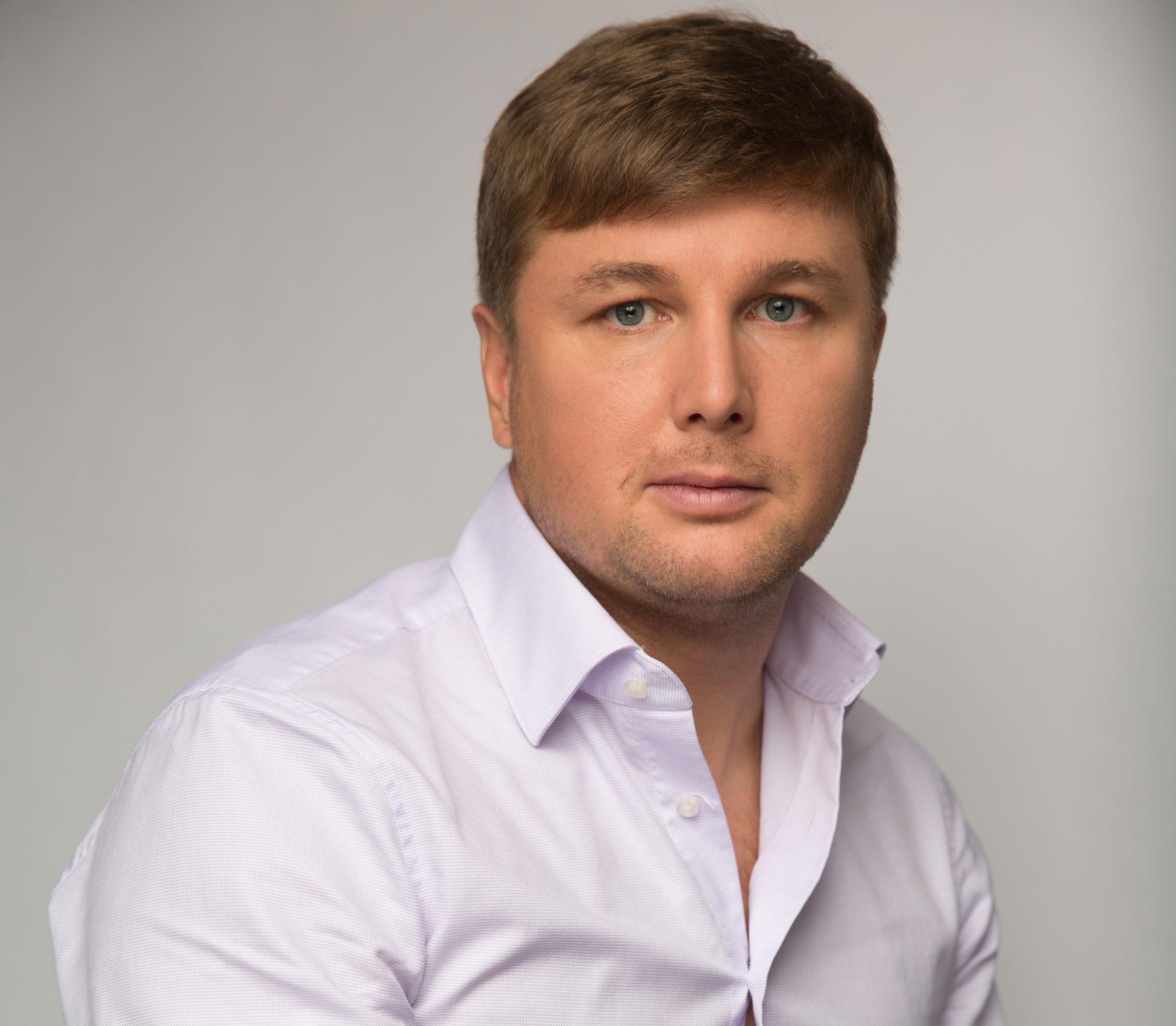Los Angeles, California, United States - 09-21-2022 (PR Distribution™) - 
Present-day medicine is more than just an interaction between doctors and patients that leads to a diagnosis or a treatment. Nowadays, its objectives include the prevention and early detection of progressing diseases, precise diagnostics, and choosing the right therapy that will fit the patients while not affecting their quality of life.
1. Preventive medicine: anticipation is better than treatment
The solution that will be in high demand involves introducing AI-based technologies to clinical practice. Those technologies will be able to process large amounts of data and make conclusions on patients' health status by analyzing their analysis results or scans, e.g., X-ray images. Yet most AI systems are still under development and unavailable for clinical use.
On the contrary, the liquid biopsy requiring a simple blood test instead of collecting tissue samples is no longer considered improbable and is being widely introduced to clinical practice.
It has become possible to detect several unique DNA sequences associated with specific cancer types in the patient's blood. Those sequences act as a kind of tumor marker that could help make the correct diagnosis.
AI involvement helps significantly simplify and accelerate the identification of tumor patterns in test samples. Those approaches have already been adopted for diagnosing lung cancers, colorectal malignancies, and other cancer pathologies. GRAIL is working on a universal test based on liquid biopsy methods that could detect 50 cancer types.
2. One test to reveal everything
Various research groups are trying to create something similar not only for cancer detection but also for general health assessment. For example, the US company SomaLogic is developing a test to uncover potential health risks and detect the diseases patients already have. All it takes is a blood sample; the meticulous analysis will measure approximately 5,000 various proteins, enabling the specially trained AI to make conclusions on health status and risks of numerous diseases including cardiovascular disorders and type 2 diabetes.
Scientists are fascinated with the prospect of having a single test that could address most, if not all, health problems. Many areas of medicine are actively working on those developments, with prenatal diagnostics demonstrating outstanding progress over the past 10-15 years.
3. AI diagnostics
Nowadays, machine learning and artificial intelligence can boast a broader scope of application: supercomputers and cloud services have made it possible to analyze vast arrays of data, find common patterns, detect discrepancies, as well as make conclusions based on CT and MRI scans, histological samples, and photos of skin neoplasms.
It takes only a few minutes to complete an analysis; even the best experts cannot give any results so fast. A 2015 study claims that the workload of radiologists is so extensive that they have to interpret CT or MRI scans every 3-4 seconds throughout their 8-hour working day. This strain inevitably leads to mistakes related to human factors, while computer programs are devoid of such constraints, and their usage costs less than an average day of a medical specialist.
Promising developments in this area include PAIGE technology for cancer diagnostics. The AI trained on the database of oncopathology images can make a faster and more accurate diagnosis than any expert, as well as detect an anomaly that even highly skilled specialists would have missed.
In 2021, Paige Prostate, one of the systems using this technology, became the first digital pathology solution that got an FDA clearance. Its application helped reduce false negative and false positive results of prostate cancer diagnostics by 70% and 24%, respectively. Another product launched in 2022, Paige Breast Lymph Node, is aimed to detect breast cancer metastases in lymph nodes. This system has not been used in clinical practice yet, but it will be introduced to improve diagnostic results.
Another emerging tendency is exhaled breath biopsy. The development of the so-called breathomics, the scientific discipline that analyzes volatile organic compounds present in the exhaled air, makes it possible to effectively and quickly detect many diseases, including those that are hard to diagnose. The pioneer of this industry, Owlstone Medical company, is currently working on biotechnologies that will help detect several disorders including mesothelioma, a rare cancer type that can progress for decades without any symptoms.
About the Author
Rustam Gilfanov is an IT entrepreneur, a co-founder of a large IT company, and a venture partner of the LongeVC Fund.
Media Contacts:
Company Name: Blacklight
Full Name: Vlad
Phone: +7 499 340-33-83
Email Address: Send Email
Website: https://blacklight.ru
For the original news story, please visit https://www.prdistribution.com/news/rustam-gilfanov-trends-in-medical-diagnostics-revolutions-around-the-corner/9303369.






